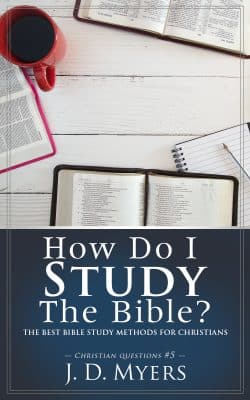She’s just a coked-up whore,
Strung out and lying on the floor, abandoned, forsaken, forgotten, ignored.
She’s just a coked-up whore,
While a fat man with foul breath pants and heaves and rips at her dress.
She’s just a coked-up whore,
Sold for the highest bid, which wasn’t much…barely more than you’d pay for lunch.





 Yesterday, I proposed
Yesterday, I proposed 

 If you are thinking of publishing an eBook, there are a few steps you can take which will help you along the way. I am by no means an expert, but I recently
If you are thinking of publishing an eBook, there are a few steps you can take which will help you along the way. I am by no means an expert, but I recently 
